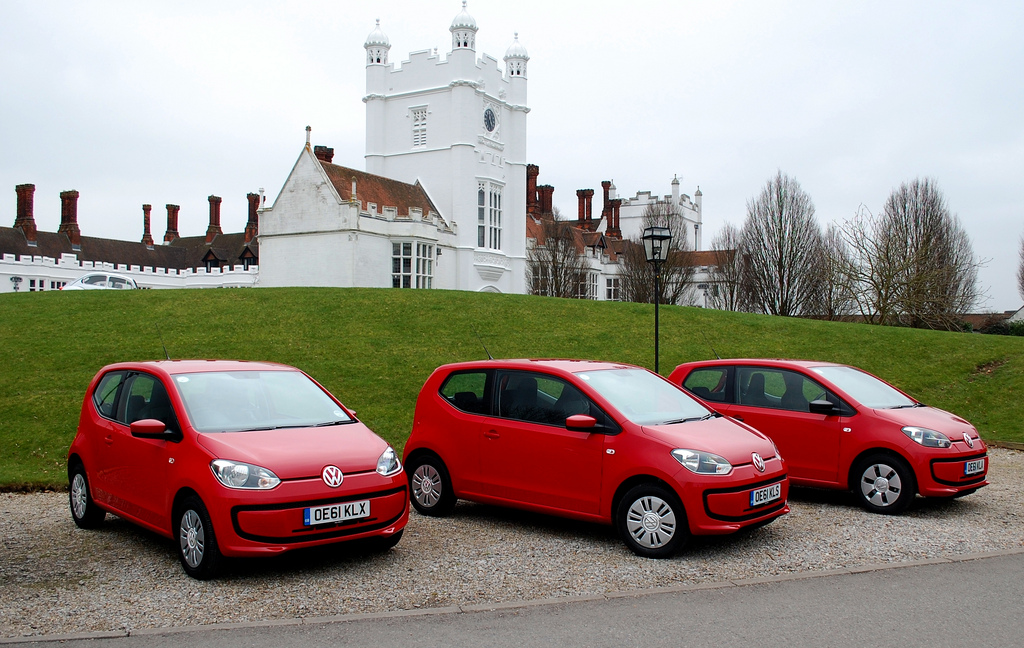We occasionally feature cars sold in Europe on GreenCarReports, but often issue a disclaimer with regard to gas mileage figures.
Unlike EPA ratings, which are broadly achievable on most vehicles, European official economy figures are unrealistic, giving a highly optimistic estimate of what to expect in regular driving.
A new study by the International Council for Clean Transportation has compared real-world figures from a popular German motoring website, with the official EU fuel estimates. The discrepancy? 21 percent.
According to Wards Auto, that's risen from only 8 percent difference in 2001, and actually echoes our own suggestion that to compare like-for-like with European and EPA figures, you should reduce EU figures by 15-20 percent.
You may think that the discrepancy isn't really that important in the greater scheme of things, but as the ICCT points out, it means customers are buying cars on fuel figures--and emissions figures--that aren't really achievable. Essentially, cars aren't as clean as the tests suggest.
So why is there such a large difference between estimated and actual figures?
Part of the issue is with the test itself. The New European Driving Cycle test uses set acceleration patterns, set shift points, identical speeds and identical braking patterns--essentially, the testers keep speed and shifting in line with a line graph shown on a computer screen in front of them.
While this means all cars are at least compared to the same standard, it's not really representative of real-world driving.
It also has an unfortunate side-effect.
Many countries in Europe base vehicle taxation, inner-city congestion charging and various other restrictions on a car's carbon-dioxide emissions. Cars that do well will sell better--particularly those that fit below arbitrary CO2 brackets, like 100 grams per kilometer, 120 g/km and so-on.

Volkswagen up! first drive photos
With sales so hard to come by, many companies design their cars specifically do do well in the unrealistic tests, thereby giving them great on-paper figures... but often at the expense of real-world efficiency.
That's what causes the discrepancy. Ironically, cars most likely to hit the official figures are those with absolutely no economical pretentions at all--sports cars, big SUVs, minivans--all vehicles unlikely to sell based on their gas mileage or emissions.
Emissions are still improving overall--albeit slower than they are on paper--and of course, cars are still getting cleaner while performing better, thanks to improvements in engine technology.
The good news is that the European authorities are aware the test is unrealistic, and along with the United Nations, working on a new system that reflects real-world use. That even includes tests incorporating air conditioning use, daytime running lights and for electric vehicles, state of battery charge.
The new test may still be different from the way the EPA calculates economy, but it should at least give European buyers a more realistic picture of what their new car can achieve--and how much it pollutes.
+++++++++++













